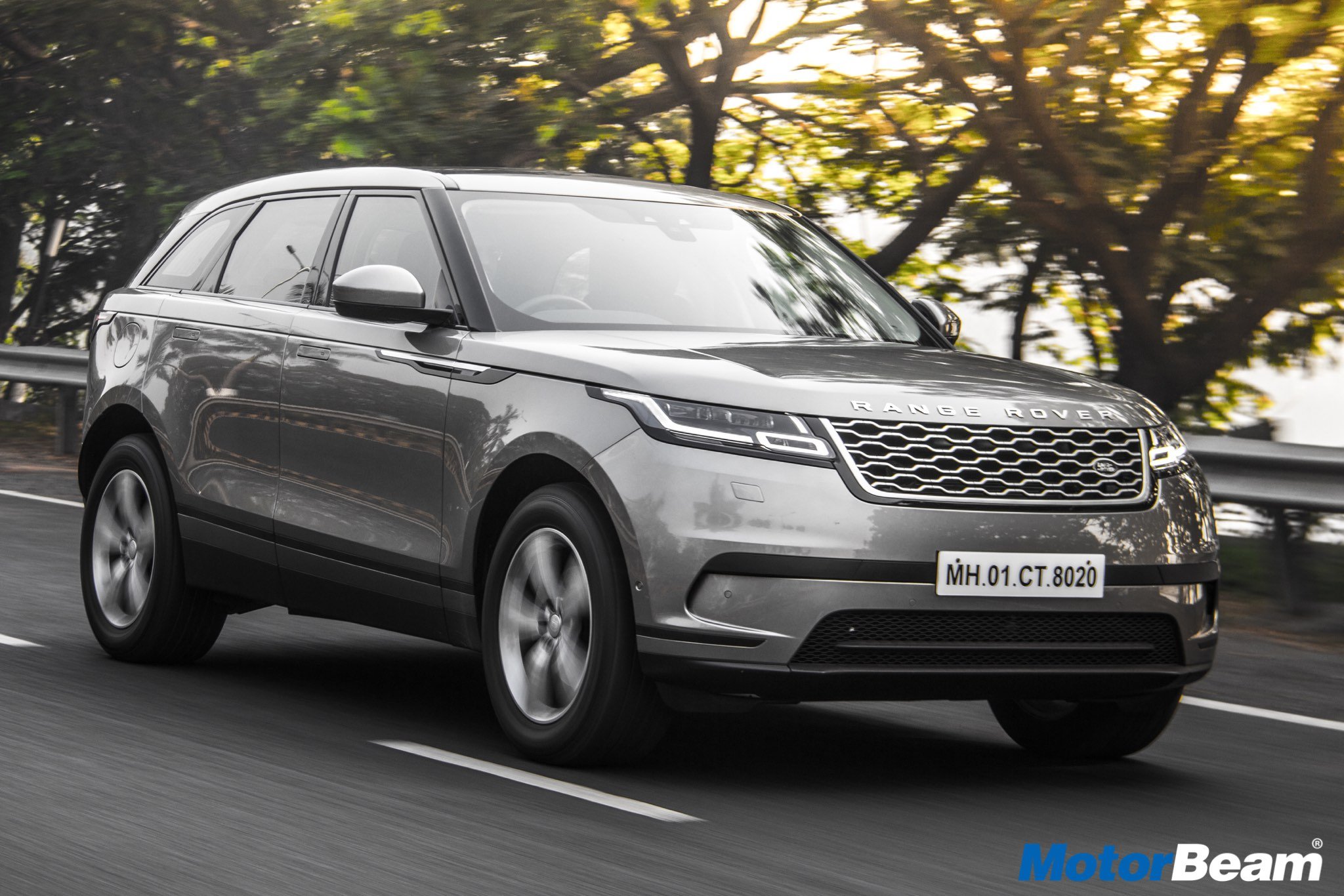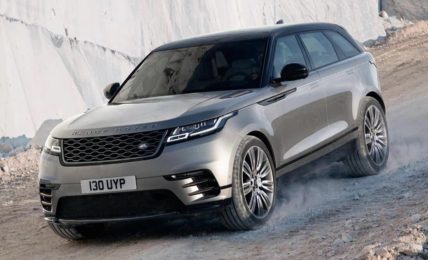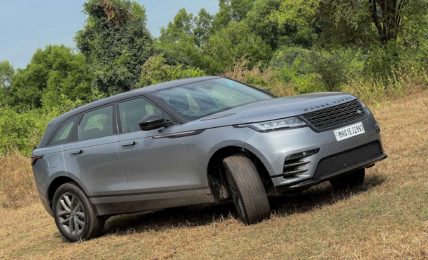The petrol engine offers linear power delivery & has a sporty exhaust note
Performance – The Range Rover Velar now gets just 2.0-litre engines which is disappointing because a car that looks as stunning and unique deserves more power for sure. However, the engines manage to do the job but won’t put your pants on fire. The 2.0-litre diesel outputs 180 BHP while the 2.0-litre petrol belts out 250 BHP, we are driving the latter. Torque output is 365 Nm from a low 1500 RPM, peaking in at 4000 RPM, resulting in linear performance and a screaming top-end where the sound is quite exciting.
The 8-speed gearbox offers smooth shifts and also has a manual mode
The India spec Velar is only available with 2.0-litre petrol and diesel engine options
Reaching the ton takes a claimed 7.1 seconds and there is no step-up in power anywhere as turbo lag is well contained and performance is linear. The motor does get more exciting as well as vocal as you rev it harder, redlining at 7000 RPM in manual mode. The 8-speed gearbox is fast with shifts but not the quickest to give you a downshift although there is a Sports function for the transmission while the Dynamic mode alters the engine, gearbox and steering of the Velar. Fuel economy is between 7-9 km/l with a 63-litre fuel tank extending the range a bit.
Being a Land Rover, the Velar has exceptional grip & high speed stability
Driving Dynamics – The Range Rover Velar offers excellent grip with the all-wheel-drive system working brilliantly well and the wide tyres ensuring no wheel-spin even with the traction control off. A slew of electronics like torque vectoring, all surface progress control (a.k.a. cruise control at low speeds) and Terrain Response 2 ensures the car performs exceptionally in all kinds of conditions. However, it’s a bit too stiff which affects the ride quality. On good roads, the Velar does a great job but find me a good road please because no matter where I drove the Velar, the stiffness could be felt and the tyre sidewall isn’t too less at 50 profile!
Despite being on the heavier side, the Velar has minimal body roll
The ride feels extremely stiff on bad roads due to the low profile tyres
Thus, the Velar doesn’t feel very Range Rover in terms of ride comfort but does drive well with body roll being well contained, still, there is no getting away from the fact that it weighs 1874 kgs! The steering does weigh up and offers good feel at higher speeds and the car remains glued to the road. The brakes offer very surefooted stopping power with nose dive well contained under heavy braking.




